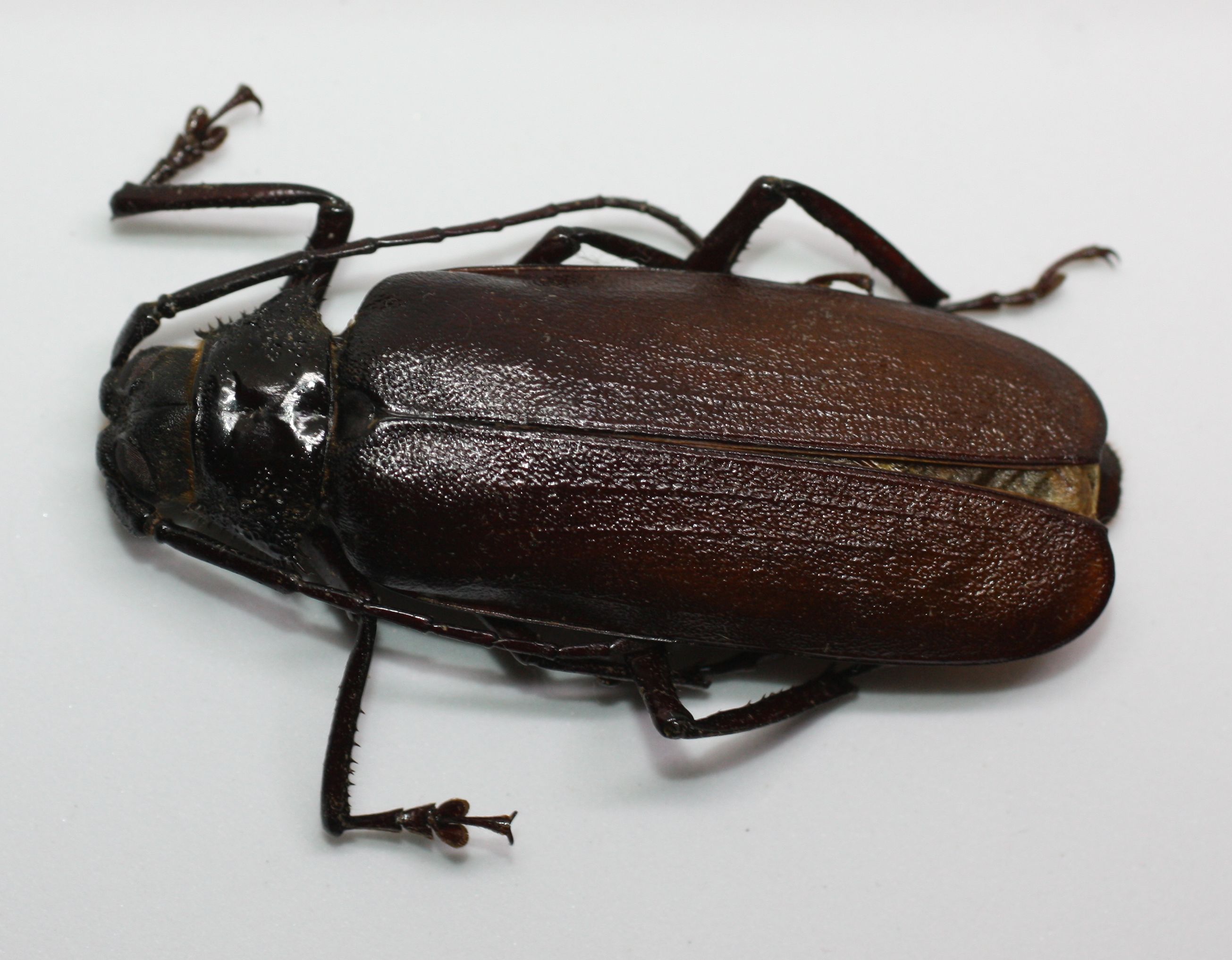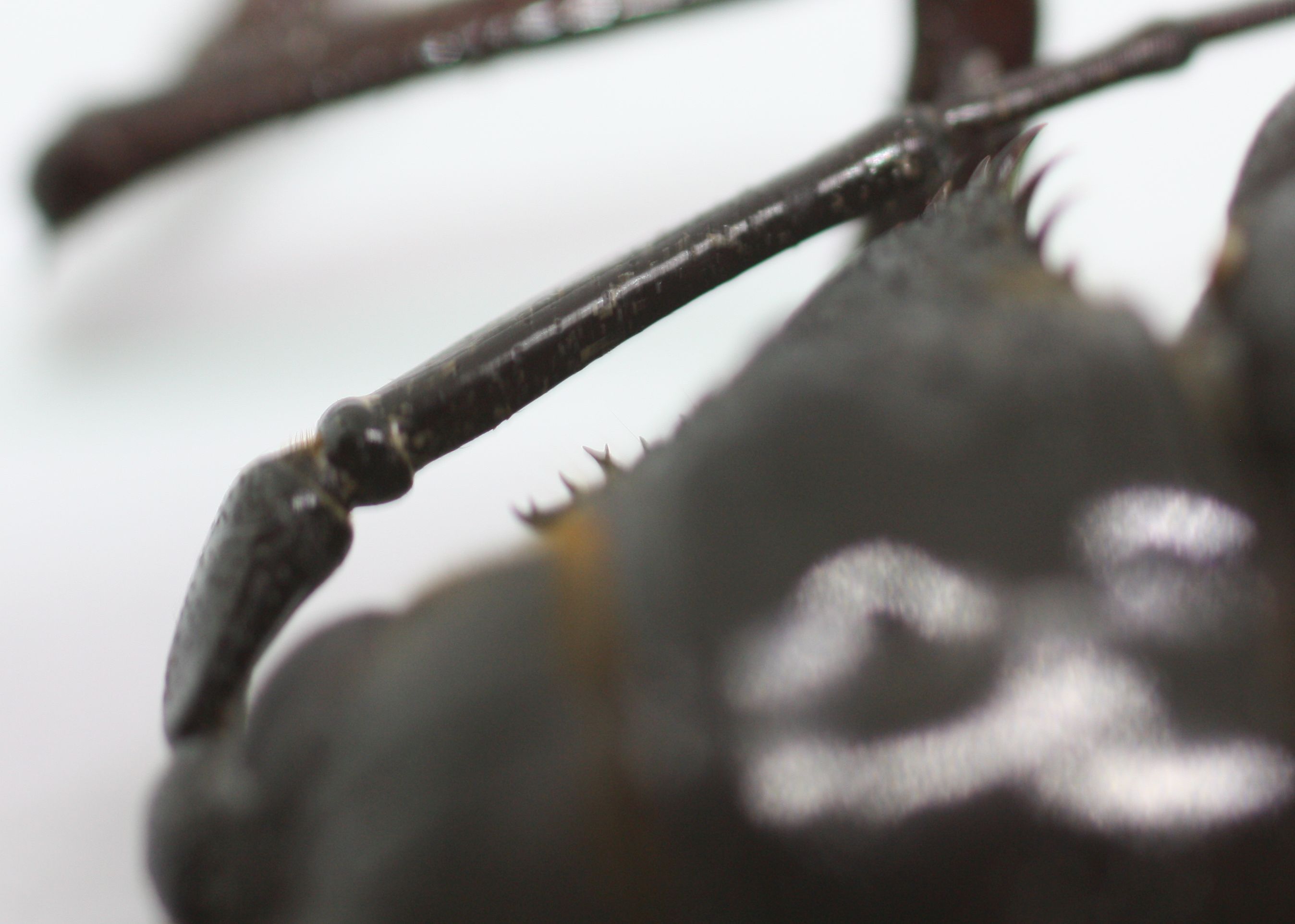| T O P I C R E V I E W |
| dpotanin |
Posted - 05/07/2018 : 22:50:54


Macrotoma coelaspis?
Botswana, Kasane
61 mm
Thank you in advance! |
| 5 L A T E S T R E P L I E S (Newest First) |
| africaone |
Posted - 09/07/2018 : 08:54:07
To add some info for those that doesn't believe in Barcode.
There are groups, such as palmata group, in which the variabilty is so much important that it hides the discovery of specific characters.
Barcode being an objective tool, it allows to construct clusters with specimens that can be put together. And the comparaison of these clusters makes the work very much easier to find specific characters. Characters previously considered acquired a new importance, some becoming no more than variation, some other previously considered as simple variation becoming good characters. Some others never considered seriously, becoming specific character.
It is important to understand that Barcode will not make the job for you, it will simply make an offer of assembled specimens in cluster as a mecanic and objective tool. Your Job is then to analyse these clusters, find specific (or other) characters and define the limit of putative species. Barcode is no more than a tool, very efficient in many cases (more than 90 % of the cases), that gives help to for finding characters, for confirmation of putative close species, for confirmation or infirm variability, and also to make biogeography.
The researcher's work is helped, not replaced, and the tool Barcode is very much more efficient than any other used until now in systematic.
|
| africaone |
Posted - 07/07/2018 : 10:46:59
a check of what happen with palmata group in Southern Africa is in need to determine the exact distribution of each species.
The only reliable info is the barcode that allow to confirm (or not) external characters.
That necessitates fresh and well conserved specimens, even for other localities in Africa as the study of the group is far to be well known. My paper is just a start.
It can be an idea to make a "palmata" study group and share the cost of a such study (I have yet put a lot of money in this study and to be honnest, I can't continue to do it alone) |
| Capitaine |
Posted - 06/07/2018 : 14:21:09
Yes, on females internal sides are smoth and sparsely punctuated. |
| dpotanin |
Posted - 06/07/2018 : 13:11:11
quote:
Originally posted by Capitaine
Coelaspis is described from RSA and I don't know any citation from Botswana.
I rather think about a female of M. palmata.
Thank you Claude!
So, the character of denticulation internal side of third antenomere available for males only? |
| Capitaine |
Posted - 06/07/2018 : 12:01:52
Coelaspis is described from RSA and I don't know any citation from Botswana.
I rather think about a female of M. palmata. |
|
|


